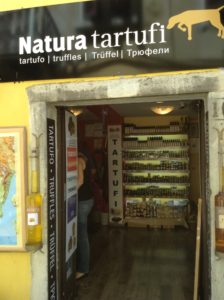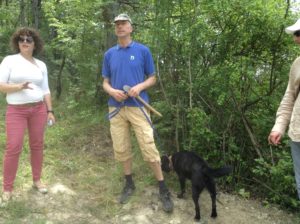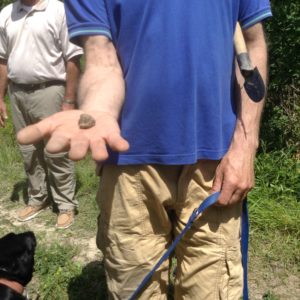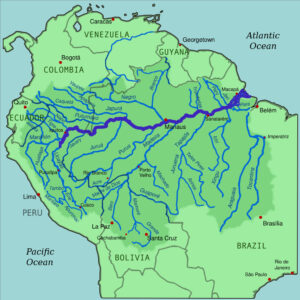
Truffle hunting has long been associated with pigs sniffing out the ground in southwestern France, Italy, and Spain. Actually, dogs are now fast replacing the hogs because they are easier to train, are more nimble, and have more stamina. Moreover, there’s a growing truffle industry in Istria, the wide peninsula that juts out into the Adriatic Sea on the northwestern side of Croatia. In the center, the medieval town of Motovun stands on the top of a hill overlooking the Mima River Valley. We’re not shoppers, but we spent quite a bit of time in a store that sold truffles, watching demonstrations of how they are cleaned and prepared for packaging and canning, and picking out gifts—jars of processed truffles– to bring home. Because this area has just the right kind of moist soil, three sorts of the black as well as the big white ones grow here. From January until spring Tuber Melanosporum, the priciest of the black, is prolific. Tuber Aestivium, a black truffle that grows throughout the year, is less expensive, as is the Tuber Brumale. The white Tuber Magnatum Pico grows from September until January. Restaurants serve it freshly shaved over pasta, meat, or fish. Most foreigners buy the kind packed in glass jars and mix it with pasta or spread it on crackers when they get home.
After we walked up the hill from the shop and explored Motovun, we came down into the valley and followed a farmer while he instructed his trained dog to walk a few feet into the forest and hunt for the ball-like fungi that grow under the soil. Soon the dog was sniffing and scratching the ground. Within moments he bought a fresh dirt-covered truffle to his master, and received a treat.



